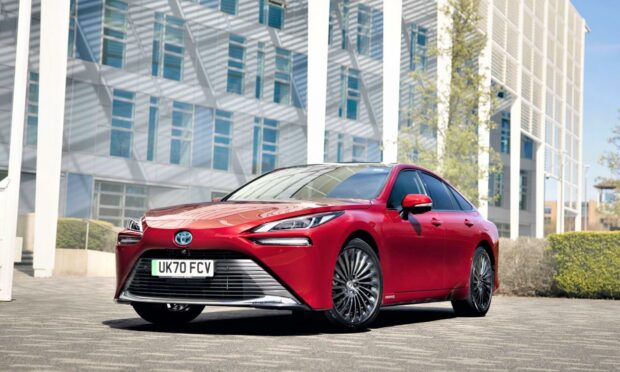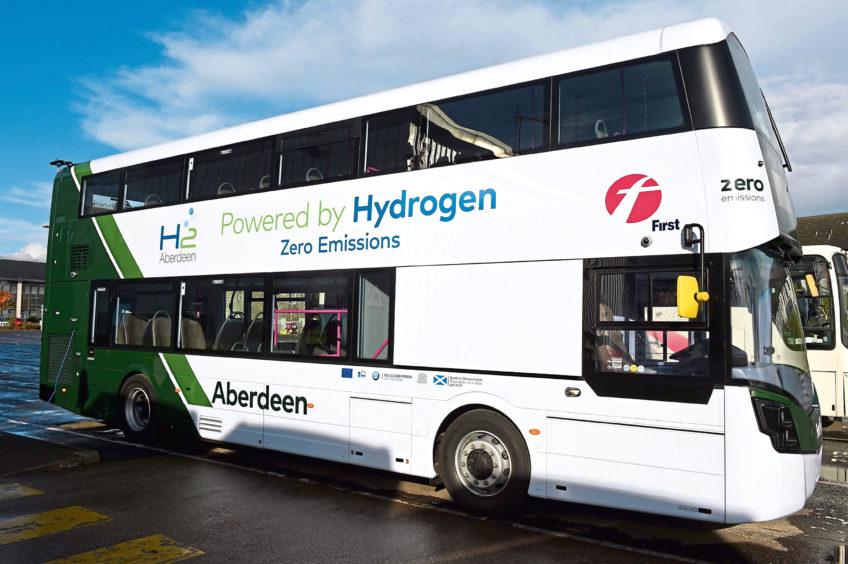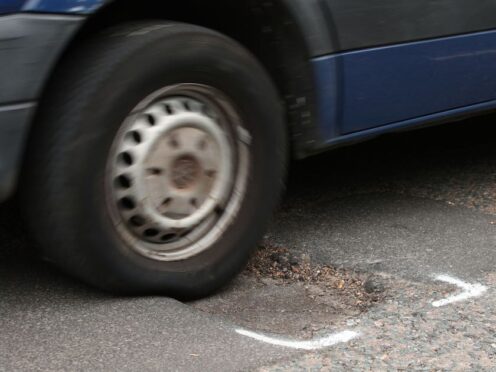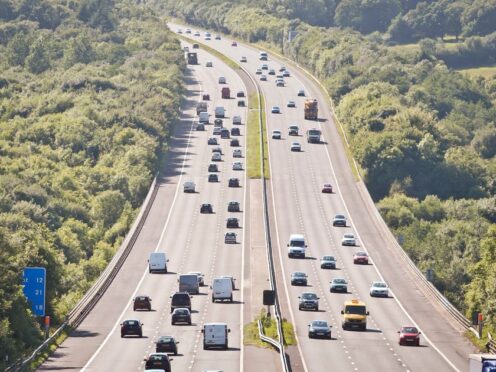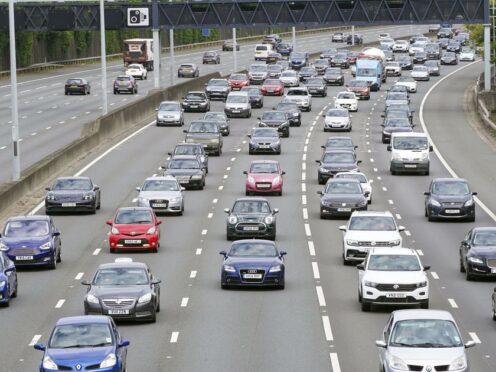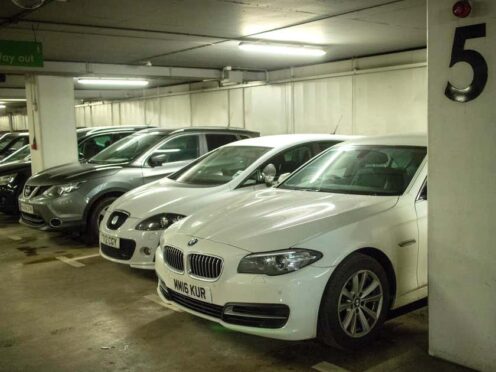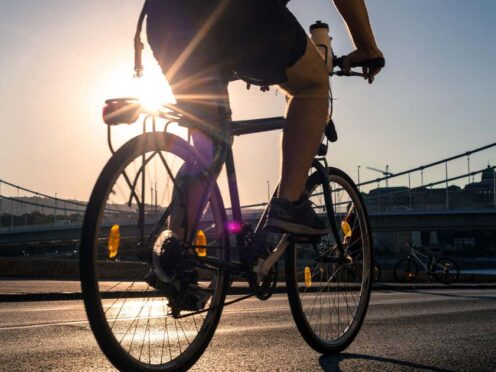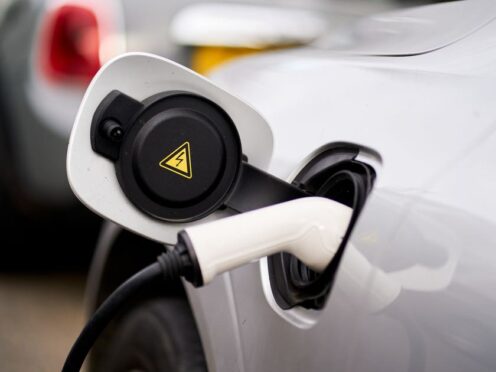Toyota has reaffirmed its commitment to developing new hydrogen fuel cell-powered vehicles, despite launching a range of electric vehicles.
The Japanese firm is in the process of launching the bZ4X – its first battery-powered electric car – leading to speculation the manufacturer might deviate from hydrogen-powered vehicles, an area where it has led the way in recent years.
Manufacturers have explored hydrogen fuel cell technology in cars for several decades, but a limited refilling infrastructure has hampered efforts. However, Toyota has rejected claims it is abandoning its hydrogen aims.
Hydrogen is a bit slower to develop than BEV (battery-electric vehicles) because the big pull is on the infrastructure. But it is developing
Erik Gustafsson, project leader of communications for the bZ4X, said: “Toyota remains fully committed to hydrogen, and we are fully focused on all technologies – whether that’s EV, fuel cell, hybrid or plug-in hybrid. We are convinced these need to work together to meet global carbon neutrality.”
Hyundai and Toyota are the only two car firms in the UK that sell hydrogen cars, with Toyota’s Mirai recently launching for a second generation, and boasting a credible 400-mile range.
Aberdeen City Council adds UK’s first hydrogen bin lorry to fleet
Despite Toyota’s commitment to the technology, the brand acknowledged that hydrogen presents challenges.
Vincent Dewaersegger, senior manager of product communications at Toyota, said: “Hydrogen is a bit slower to develop than BEV (battery-electric vehicles) because the big pull is on the infrastructure. But it is developing.
“We will continue with fuel cell vehicles, and the key trigger will be on the commercial side of things with commercial vehicles. This will help to set up the infrastructure and then we will see it coming more to passenger cars.”
Across the UK, there are fewer than 15 public places to fill a hydrogen car, with the majority of these in and around the south east.
However, Aberdeen is one of Europe’s pioneering hydrogen cities and has developed a cluster of hydrogen activity, with two publicly accessible hydrogen refuelling stations at Kittybrewster and Aberdeen City Hydrogen Energy Storage (ACHES).
Aberdeen City Council has one of the largest fleets of hydrogen vehicles in Europe with the world’s first fleet of fuel cell double decker buses from Wright Bus.
The fleet was temporarily pulled from service earlier this month to address mechanical issues.
